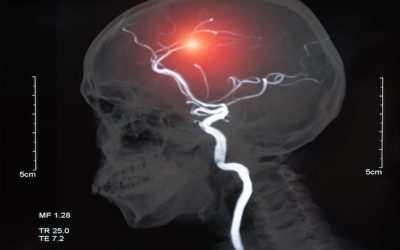In a significant advancement for endometriosis diagnosis, Serac Healthcare, in collaboration with the University of Oxford, has presented new data showcasing the effectiveness of 99mTc-maraciclatide in imaging the earliest stage of the disease.
The DETECT study’s findings, presented by Dr. Tatjana Gibbons at the European Endometriosis Congress, reveal the agent’s potential as a non-invasive diagnostic tool.
The study involved imaging the first ten patients with suspected endometriosis using a SPECT-CT camera, followed by laparoscopic surgery to confirm the presence and location of endometriotic lesions.
The imaging results aligned with surgical and histological reports, suggesting that 99mTc-maraciclatide could accurately identify superficial peritoneal endometriosis, which accounts for approximately 80% of all diagnoses and is typically only detectable through surgery.
David Hail, CEO of Serac Healthcare, expressed optimism about the findings: “The promising initial findings have been further confirmed by more patients in this study indicating the very exciting possibility that maraciclatide has potential as a non-invasive method of detecting early-stage endometriosis.”
The ongoing DETECT study, led by Professors Christian Becker and Krina Zondervan of the Endometriosis CaRe Centre at Oxford, aims to recruit up to 25 patients and is expected to conclude later this year.
99mTc-maraciclatide, which binds to αvβ3 integrin to image new blood vessel formation, could significantly reduce the average nine-year delay in endometriosis diagnosis.
This development positions the therapy as a game-changer in the management of endometriosis, offering hope for earlier detection and treatment of a condition that affects millions of women worldwide.










